Top 5 Significant Components of an IoT Ecosystem
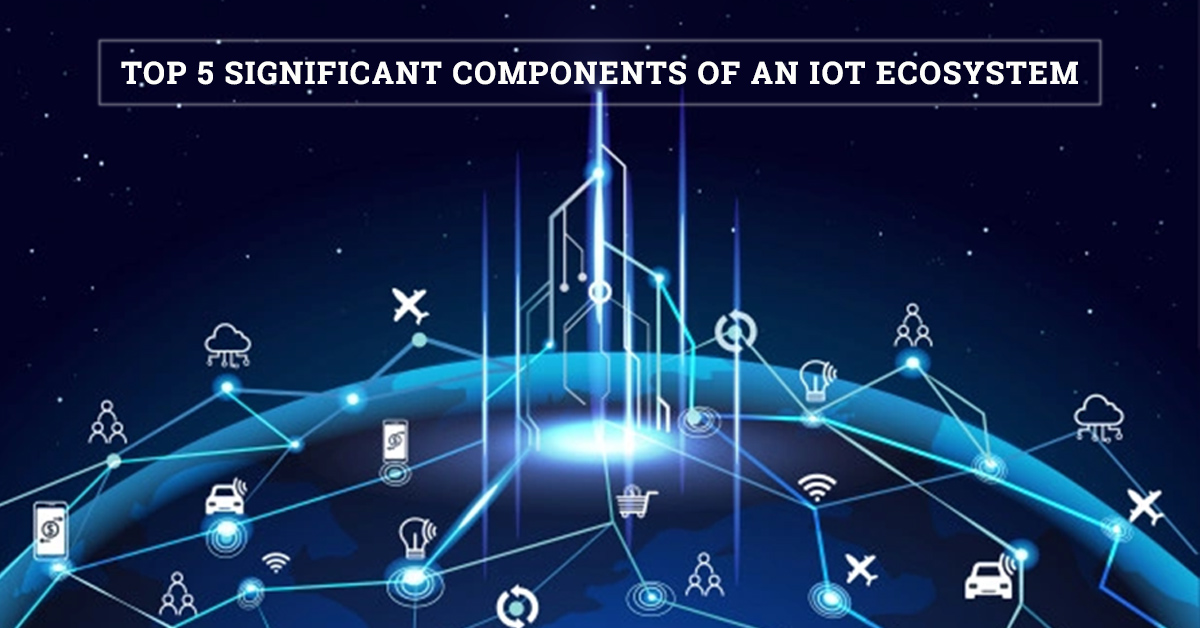
4 min read | By Admin | 11 December 2020 | Technology
Being part of an internet-dominated universe, we all anticipate our devices to be able to connect to the network to operate quick-wittedly and be accessible remotely.
Nowadays, the Internet of Things (IoT) is a well-established digital transformation trend that is constantly evolving, transforming and beneficial impacting connectivity for businesses and how we live.
Fantastically, IoT has been rapidly growing owing to offering enormous benefits to countless industries and it operates around a vast network.
There are some significant components of the IoT ecosystem without which the IoT cannot perform. But what components build up the IoT ecosystem & what positive influence will it have on the business as a whole?
In this article, we explore the top 5 significant components of an IoT ecosystem. Ready to begin? let’s read consistently.
What Is An IoT Ecosystem?
There are two significant components to the Internet of Things. The first one is a “thing” which you intend to make shrewd by giving the connectivity and the other one is the embedded system that affords this connectivity.
An IoT ecosystem is a cohesiveness of different IoT layers starting from the user layer to the connectivity layer. Enterprise-grade IoT ecosystems comprises numerous architectural components like software, analytical components and hardware components connectivity layers.
Each component is associated with interfacing organizations and users to their devices of this ecosystem. These may be explicit components for example, the user interface, the software or hardware and processing components such as the storage and network.
Significant Components of an IoT Ecosystem

In a typical IoT ecosystem, end-user components such as sensors, smart devices & third-party components are conjoined to compute engines via the internet or intranet.
Here’re top 5 components based on which an internet of things ecosystem functions.
1. Sensing and Embedding Components

This is the principal level of an Internet of Things ecosystem and it forms the foundation of the whole IoT network. This crucial layer comprises micro appliances, physical, embedded in an IoT device, which are liable for gathering information or controlling a system.
Sensors and Actuators
- Sensors and actuators are at the focal point of the whole IoT network. The sensors are associated with resources in the form of a physical micro appliance embedded in the IoT device.
- The actuator responds to the signal or command by “acting” or causing something to happen based on this signal.
- For instance, your office may utilize an air conditioning system that is set to a particular temperature. Sensors are utilized to observe any adjustments in temperature in the office environment.
- Once a change is identified, they impart a signal to the actuators, which then automatically change the airflow.
2. IoT Cloud
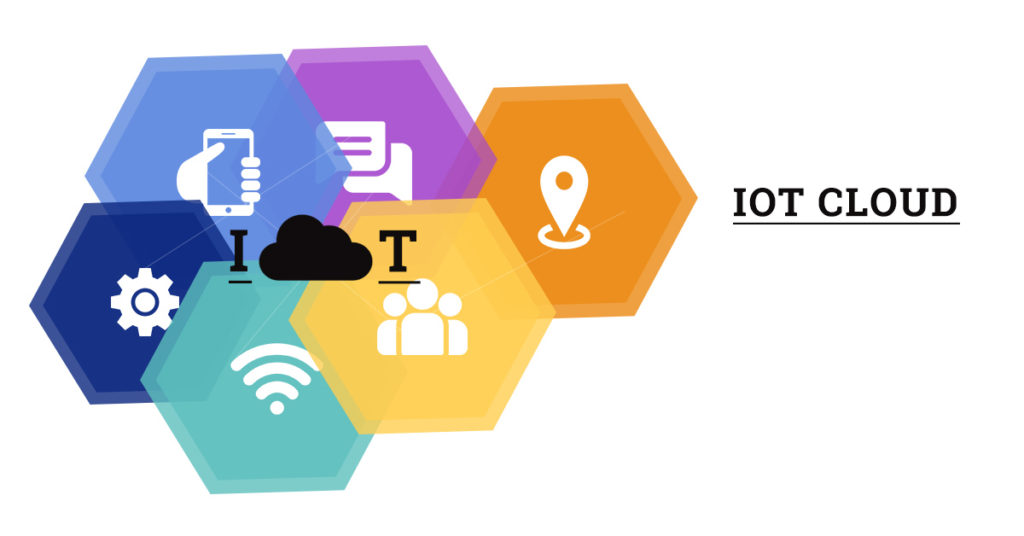
- As the data travels through the IoT protocols and gateway, it moves to the cloud. The cloud is an elite storage ecosystem that is utilized for processing and data storage that brings all the various components of IoT together.
- In the cloud, data is filtered out, managed & saved. The data is used to provide real-time analyzes of the collected data and to make quick decisions about what action to take in response to the received signals.
- With immense computing power, analytics, networking options, storage capabilities and other service components, clouds make data viably accessible for the consumers.
3. Connectivity
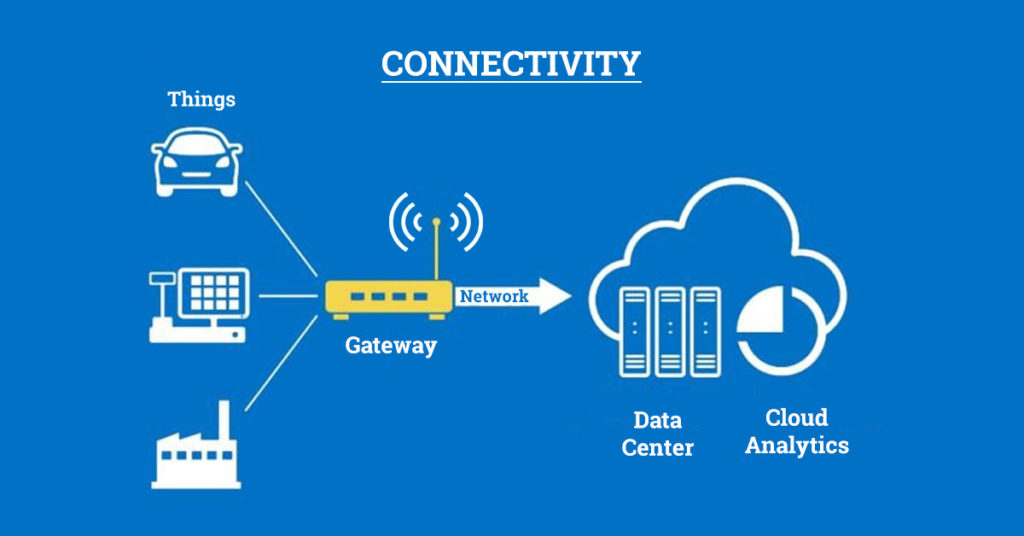
Connectivity builds the second part of the riddle in the complicated world of the IoT ecosystem and this is to a great extent alluded to as the network layer.
Converses with how information is moved and prepared to guarantee consistent correspondence between associated devices, cloud, sensors, and actuators.
Protocols and IoT Gateways
- IoT protocols are liable for moving data in the online world, and this exchange is only possible if the two devices are securely connected.
- IoT standards and protocols include an invisible language that permits physical objects to interact with each other.
- The most popular IoT wireless protocols and standards are Bluetooth, WiFi, Loravan, MQDT, ZigBee, Cellular and DTS.
- Gateways translate network protocols that ensure uninterrupted communication of all devices on the network.
- Basically it makes gateways a prominent communication point and is responsible for gentle managing data traffic.
- In addition, gateways afford protection by preserving the computer from unauthorized access and malicious attacks and it’ll be considered a security layer because the data coming via it is defended by the encryption procedures.
4. End-user Devices & User Interface
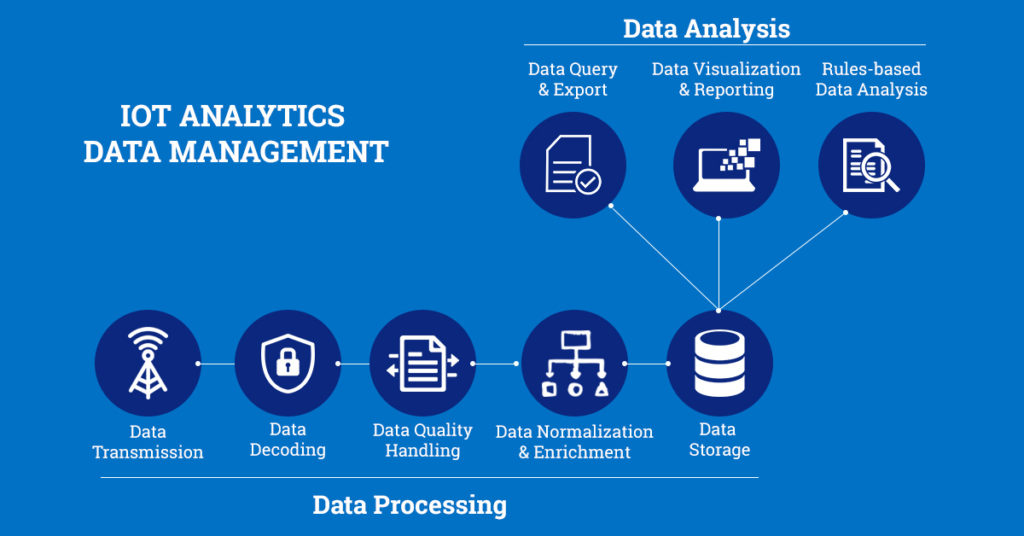
- The user interface is an effectively accessible and visible component constrained by the IoT user and user can control the system and set their choices.
- A user can communicate with the system through a device or this communication can be done remotely via smartphones, laptops and tablets.
- Touch interfaces, utilization of colors, textual style, voice and a lot more are some of the elements that run here and although attractive design is essential, the interface should be user friendly to avoid any difficulties for the user.
5. IoT Analytics and Data Management
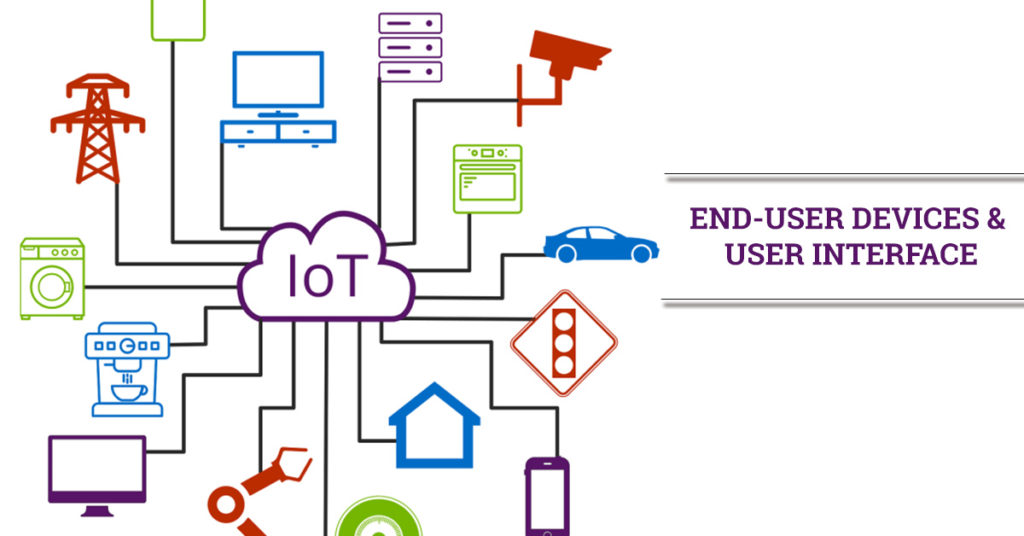
- IoT Analytics is utilized to comprehend the breadth of analog data and analytics involves turning raw data into useful insights, which are then interpreted or analyzed to make a decision.
- Data analytics assists in deciding crucial business insights and deep learning models can be utilized for forecast analysis. Numerous learnings can be gotten from the data to anticipate trends, plan ahead and make effective business decisions.
- Analytics requisites capacity power and insightful computation to have the option to sort out any data. Tasks like this can be hosted in the cloud depending on the IoT architecture.
By Way Of Conclusion
The field of IoT continues to develop over time. Although this has progressed throughout the years, the definition of components of the IoT ecosystem is a developing field of study.
The IoT ecosystem connects sellers and organizations to facilitate solution planning for an efficient, reliable and secure IoT system.
Hope this article will help to implement the components of the IoT ecosystem to improve business operations and productivity.
Are you desiring to build an IoT ecosystem? Reach out to us for IoT development services and let us know your interest.
The latest from our editors
Join over 150,000+ subscribers who get our best digital insights, strategies and tips delivered straight to their inbox.
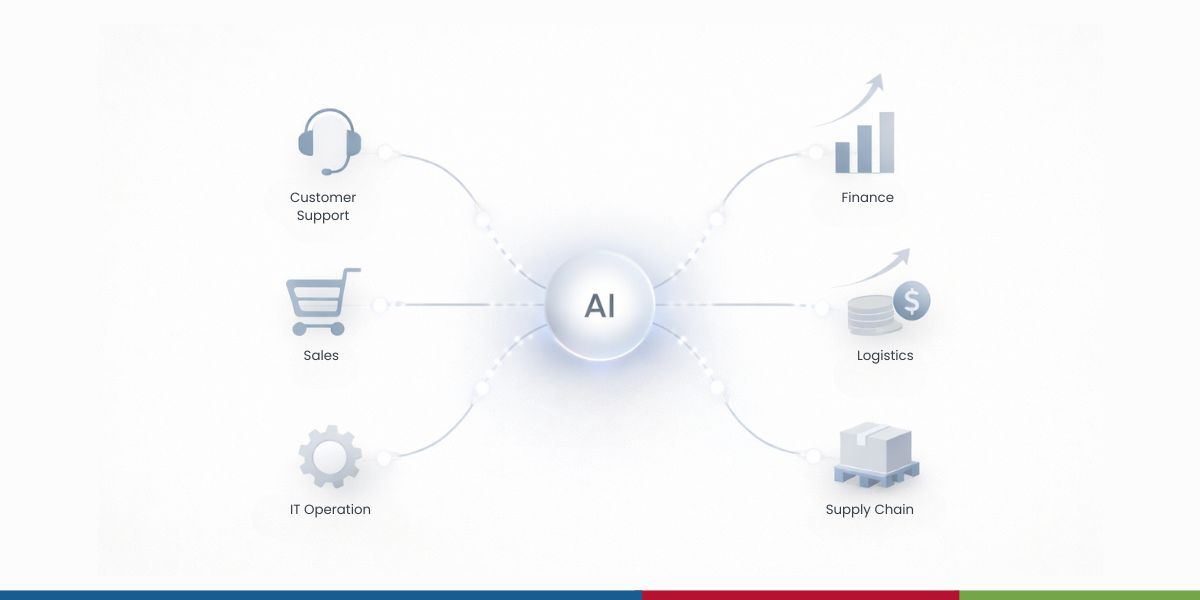

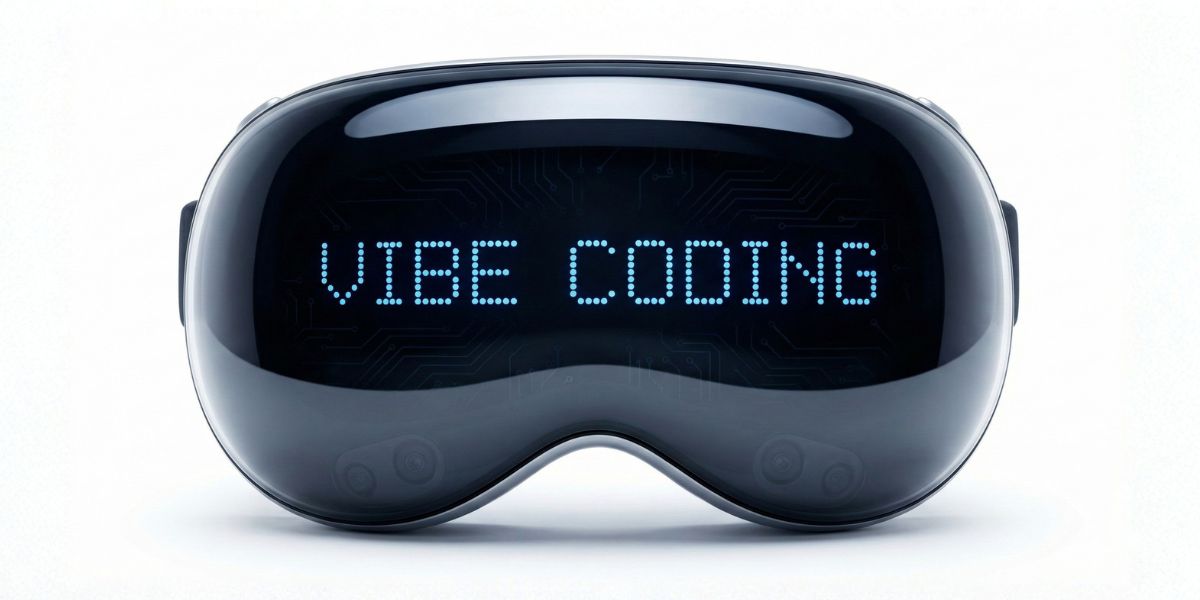
Comments are closed.